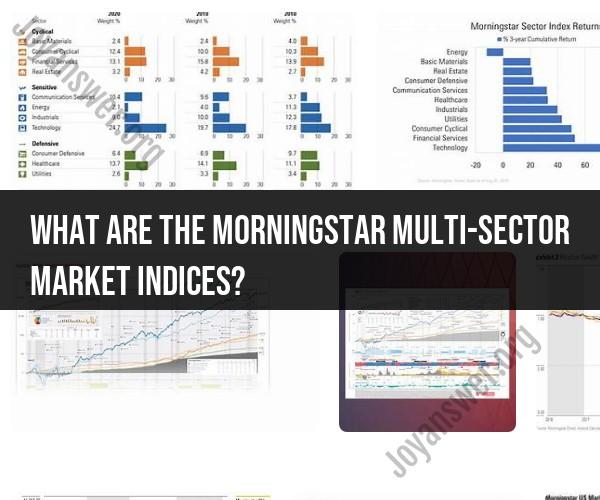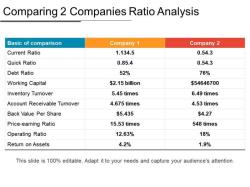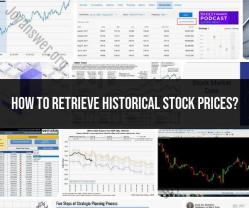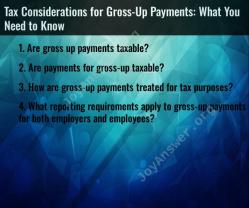What are the Morningstar multi-sector market indices?
Morningstar is a well-known financial services company that provides various investment research and analysis tools, including a range of indices that investors and financial professionals use to track the performance of different asset classes and sectors. Morningstar's multi-sector market indices are a series of indices designed to provide a more detailed view of the financial markets by breaking down the investment universe into multiple sectors. These indices help investors understand the performance of various segments within the broader market. Here are some of the key Morningstar multi-sector market indices:
Morningstar US Market Index: This index tracks the performance of the entire U.S. stock market, including large-cap, mid-cap, and small-cap stocks. It's a broad representation of the U.S. equity market.
Morningstar Global Market Index: This index provides a global perspective, encompassing stocks from both U.S. and international markets. It offers a comprehensive view of the global equity market.
Morningstar Style Box Indexes: Morningstar classifies stocks into style categories based on their market capitalization (large, mid, small) and value-growth orientation. The style box indexes help investors understand the performance of specific segments within the market.
Morningstar Sector Indices: These indices focus on various sectors within the market, such as technology, healthcare, financial services, and more. They allow investors to track the performance of specific industries or sectors.
Morningstar Size Indices: These indices divide the market into different size segments, including large-cap, mid-cap, and small-cap stocks. They help investors track how stocks of different sizes are performing.
Morningstar Dividend Yield Indices: These indices track the performance of stocks with high dividend yields. Investors interested in income-generating stocks often use these indices.
Morningstar Growth and Value Indices: These indices separate stocks into growth and value categories. Growth stocks typically have high growth potential but may be overvalued, while value stocks are considered undervalued.
Morningstar Fixed Income Indices: While Morningstar is primarily known for equity indices, they also provide indices for fixed income (bond) markets, which help track the performance of different bond sectors and maturities.
Morningstar Alternative Indices: These indices cover alternative investments like real estate, commodities, and hedge funds. They provide insights into non-traditional asset classes.
These Morningstar indices are widely used by investors and financial professionals to evaluate investment performance, construct portfolios, and make informed decisions about asset allocation. They offer valuable insights into different segments of the financial markets, allowing for more granular analysis and investment strategies. Keep in mind that the specific indices offered by Morningstar may change over time, so it's essential to check their official website for the most up-to-date information and offerings.
Exploring Morningstar Multi-Sector Market Indices
Morningstar Multi-Sector Market Indices are a set of benchmark indices that track the performance of a diversified basket of assets from different sectors. These indices are designed to help investors compare the performance of multi-sector funds and to track the performance of the overall multi-sector market.
Morningstar Multi-Sector Market Indices are available for a variety of markets, including the United States, Australia, and Canada. The indices are divided into five risk categories: conservative, moderate, balanced, growth, and aggressive. Each index is composed of a different mix of assets, with the more aggressive indices having a higher allocation to equities.
The Purpose and Composition of Multi-Sector Indices
The purpose of multi-sector indices is to provide investors with a benchmark for tracking the performance of the multi-sector market and for comparing the performance of multi-sector funds. Multi-sector indices are also used by investment managers to create and manage multi-sector funds.
Multi-sector indices are typically composed of a diversified basket of assets from different sectors, such as equities, fixed income, and commodities. The specific composition of each index will vary depending on its risk category and the market that it tracks.
Different Multi-Sector Indices Offered by Morningstar
Morningstar offers a variety of multi-sector market indices, including:
- Morningstar US Multi-Sector Market Indices
- Morningstar Australia Multi-Sector Market Indices
- Morningstar Canada Multi-Sector Market Indices
Each set of indices is divided into five risk categories: conservative, moderate, balanced, growth, and aggressive.
Investment and Analysis Applications of Multi-Sector Indices
Multi-sector indices can be used for a variety of investment and analysis applications, including:
- Asset allocation: Multi-sector indices can be used to help investors allocate their assets across different sectors. For example, an investor who is looking for a conservative investment strategy might choose to allocate a portion of their portfolio to a multi-sector index with a low equity allocation.
- Performance benchmarking: Multi-sector indices can be used to benchmark the performance of multi-sector funds. Investors can compare the performance of their multi-sector fund to the performance of a relevant multi-sector index to see how well their fund is performing.
- Market analysis: Multi-sector indices can be used to track market trends and to identify investment opportunities. For example, an investor who is interested in investing in the healthcare sector might track the performance of a multi-sector index with a high healthcare allocation.
Tracking Market Trends with Morningstar Multi-Sector Indices
Morningstar Multi-Sector Market Indices can be used to track market trends in a variety of ways. For example, investors can track the performance of different risk categories to see how the overall multi-sector market is performing and how different sectors are performing relative to each other. Investors can also track the performance of different sectors to identify investment opportunities.
For example, if the healthcare sector is outperforming the overall multi-sector market, it might be a good time to invest in healthcare stocks or ETFs.
Overall, Morningstar Multi-Sector Market Indices are a valuable tool for investors and investment managers. Multi-sector indices can be used for a variety of investment and analysis applications, including asset allocation, performance benchmarking, and market analysis.












